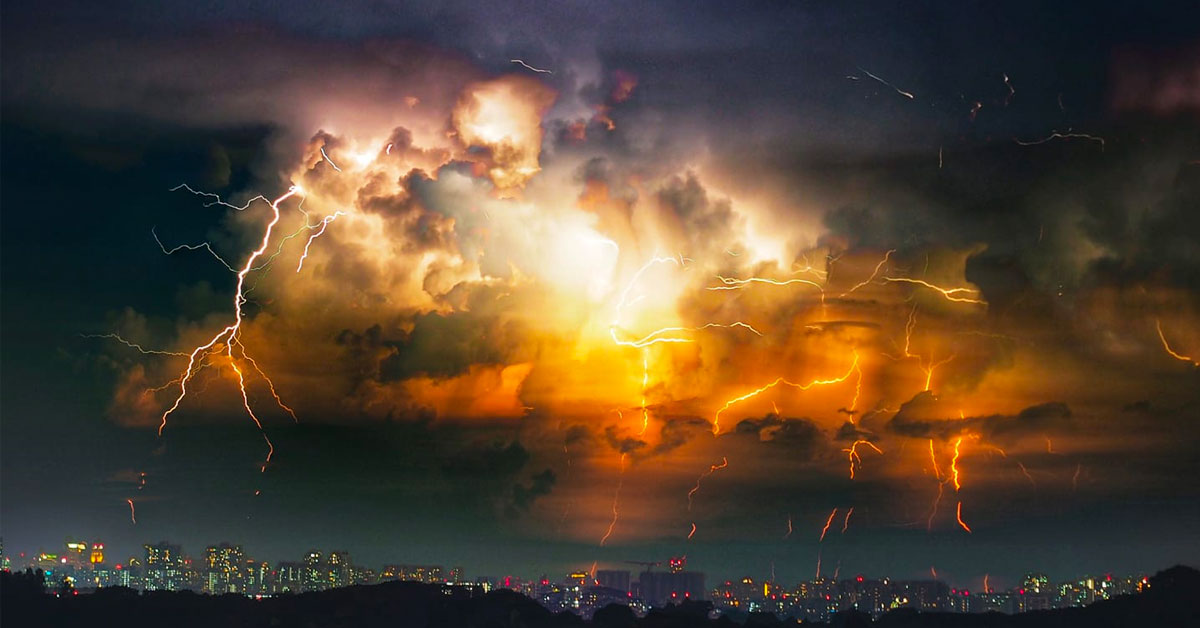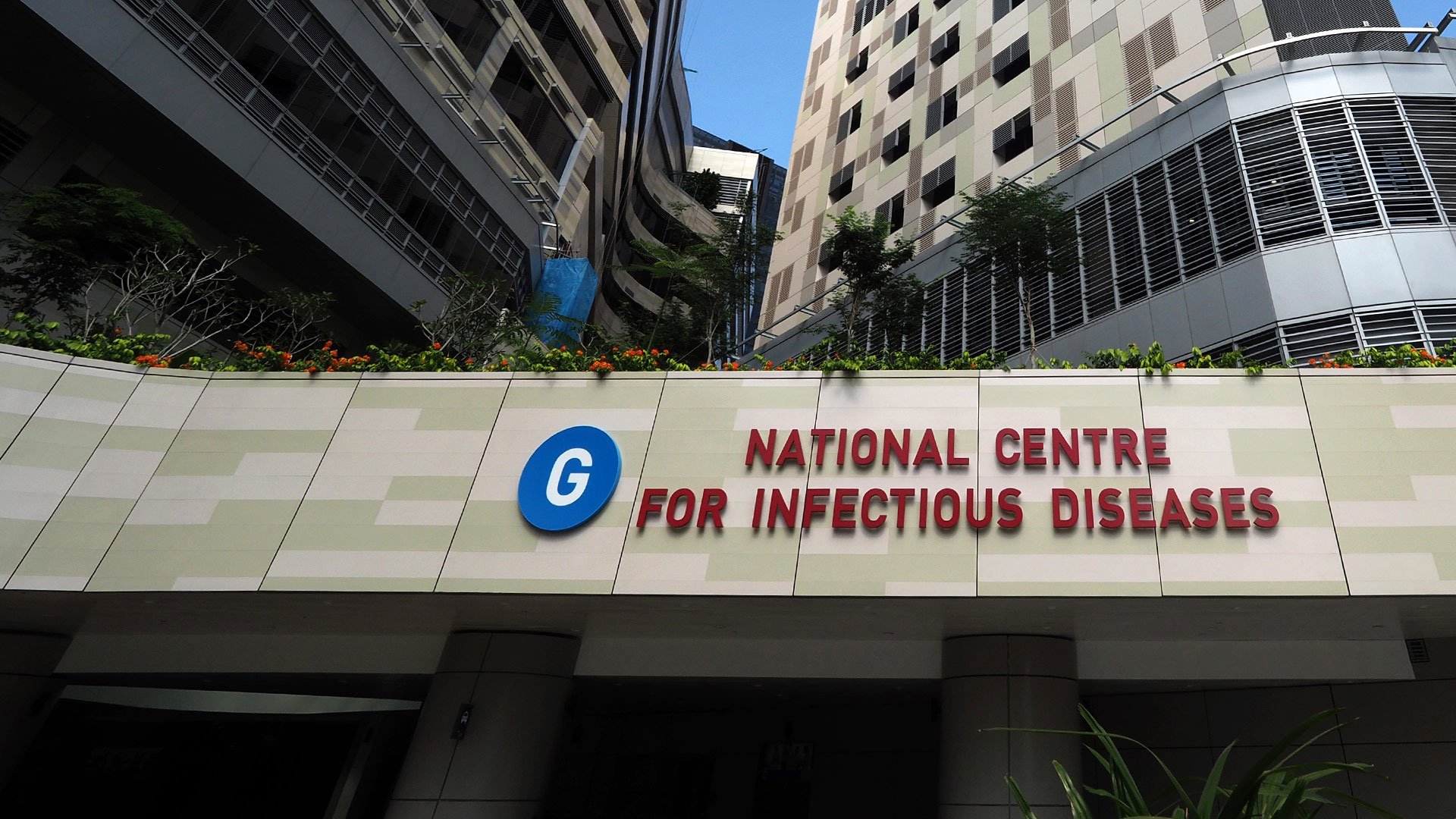I‘m no photographer. In fact, the only pictures I ever take are using my beat-up old iPhone and the only bokeh shots I take are using the ‘portrait’ mode.
So I for one know that photography is no easy skill to pick up.
Which makes what this photographer did even more impressive:
S’pore Photographer Takes Photo Of Lightning That Looks Like The Geographical Shape Of S’pore

Much wow. Very surprise.

Just take a moment to take in this gorgeous image before I delve into the deets.
Just look at the skyline, the orange hues and the stormy grey clouds. It’s amazing how one fleeting moment can be captured on camera.
It’s almost like you’re freezing the moment and making time come to a standstill.
Picture Taken In Yishun By Singapore Photographer
We should all be acquainted by now with the fact that Yishun is filled with the strange and the bizarre. Cool lightning shots now come in the same package.
After weeks upon weeks of dry weather, Singapore has been fraught with rainy thundery showers in the month of October.
But while everyone else hides at home under the covers during this sweater weather, Paul Lee, a photographer in Singapore decided to make the moment last.
And that he did.
He uploaded the photo on 28 October 2019 which he captured in Yishun. The photo is said to resemble the geographical shape of Singapore.

And wowzers, it really does look like it.
The photographer said that he captured the picture from Yishun with the camera facing the Central Business District. For those interested, he took this picture using the Olympus Live Composite mode and exposure of around 32 minutes.
Pretty impressive eh?
But that’s not the only photo Paul Lee took.

There’s something about lightning that makes it so enchanting. Perhaps it’s because they only make an appearance for a millisecond before it disappears.
This particular photo was shot at Marina Barrage, and no worries, no ships were hurt in the making of this photo.
Singapore Is No Stranger To Lightning
According to Mothership, Singapore experiences around 171 to 186 lightning days on average in a year.
That’s quite a lot of lighting activity.
As for which months have the most lighting activity, it’s April, May and November because of the monsoon season.



